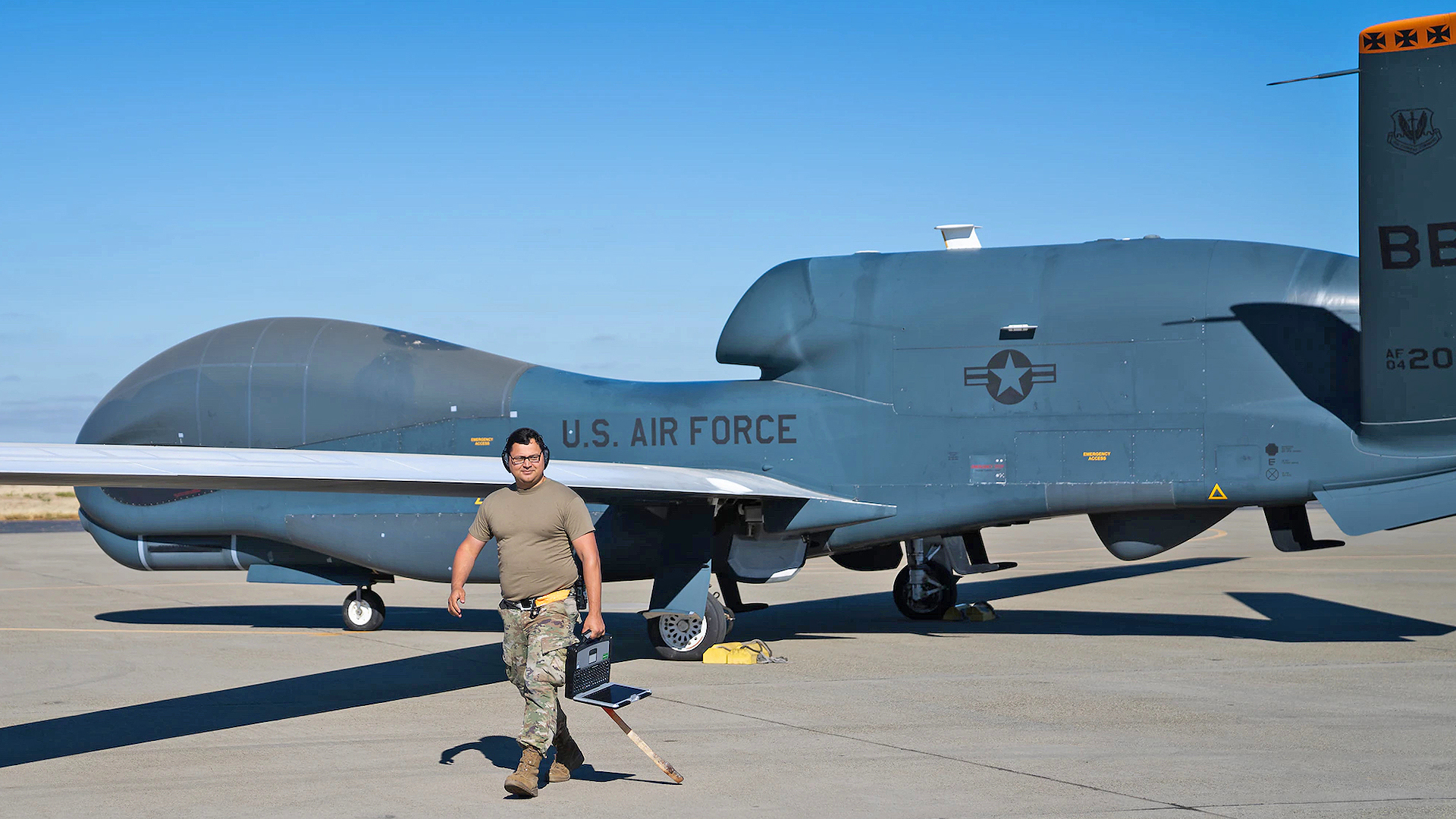The U.S. Air Force has announced that the final RQ-4 Global Hawk assigned to Beale Air Force Base left on July 7. The RQ-4’s next destination will be Grand Forks Air Force Base in North Dakota where satellite imagery now shows a packed ramp full of orphaned Global Hawks awaiting their fate.
The final Block 30 RQ-4 to leave is one of the 20 Global Hawks that make up the Block 30 fleet. The Air Force has already started the retirement process for the entirety of the Global Hawk family, with the newest Block 40 aircraft scheduled to retire in fiscal year 2027 pending Congress’ approval, but the Block 30s are slated to be completely removed from service sometime next year. The older Block 20 models saw divestment in October 2021 and are now tasked with helping the Pentagon test hypersonic missiles under the Sky Range program, which is based out at the Grand Sky civilian unmanned aerial systems facility across the runway from the main ramp at Grand Forks Air Force Base.
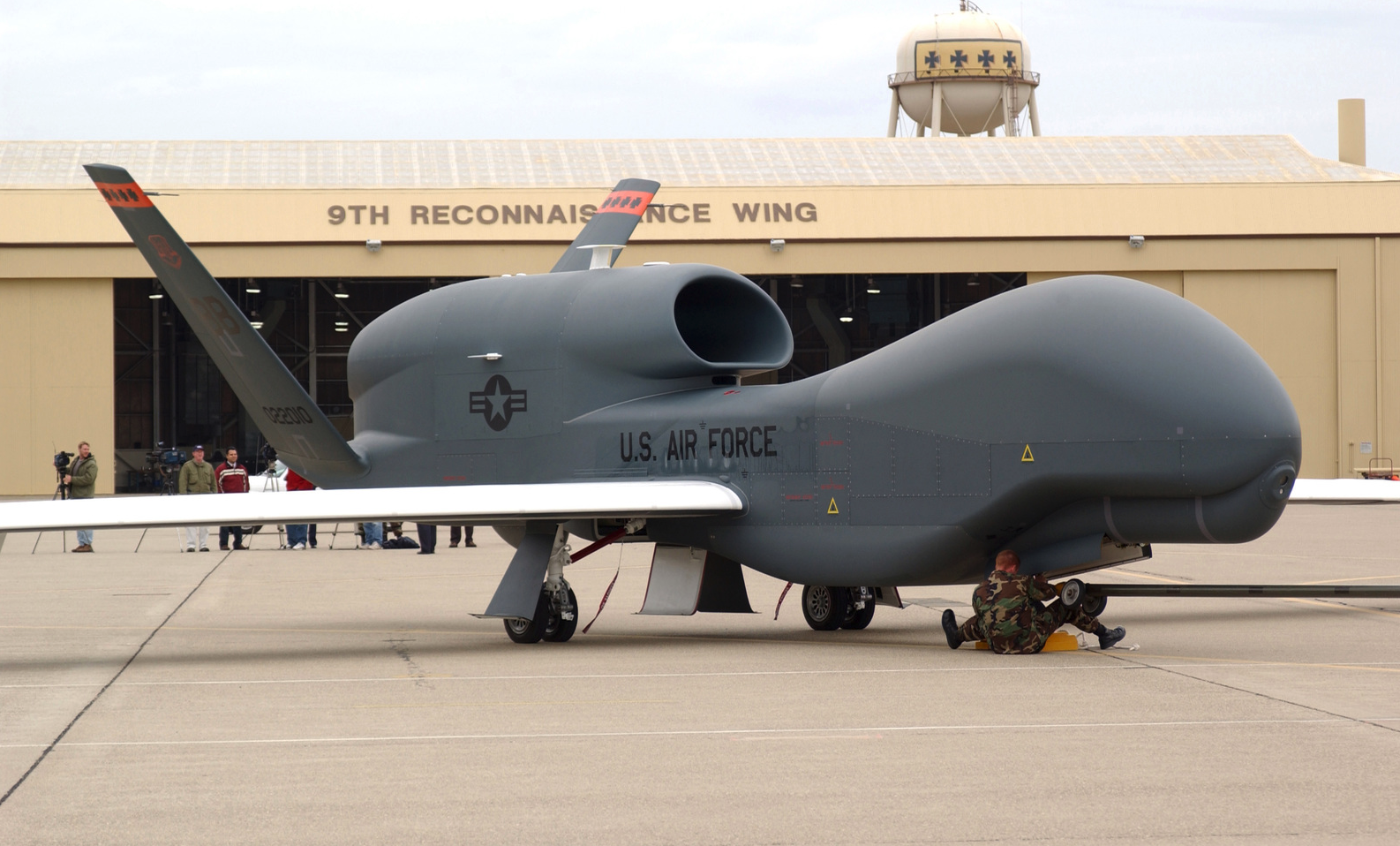
“The RQ-4 mission at Beale AFB has come to an end, and the 12th [Reconaissance Squadron] guide-on will be folded perhaps by the end of this year,” said Lt. Col. Michael, 4th Reconnaissance Squadron Deputy. “Our personnel now have new opportunities across the Air Force.”
The Global Hawk first arrived at Beale in 2004 and the Block 30 RQ-4 began calling the base home in 2009.
The Air Force announcement went on to explain that Block 30s from geographically disparate airbases, including Sigonella Air Station and Anderson Air Force Base, have made the trip to Grand Forks where they will be transferred over to Northrop Grumman who will then outfit the aircraft with a different sensor suite. These modifications are intended to prepare the Block 30 fleet for its new role under the direction of the Test Resource Management Center’s High-Speed System Test department, which is another name for the Sky Range program.
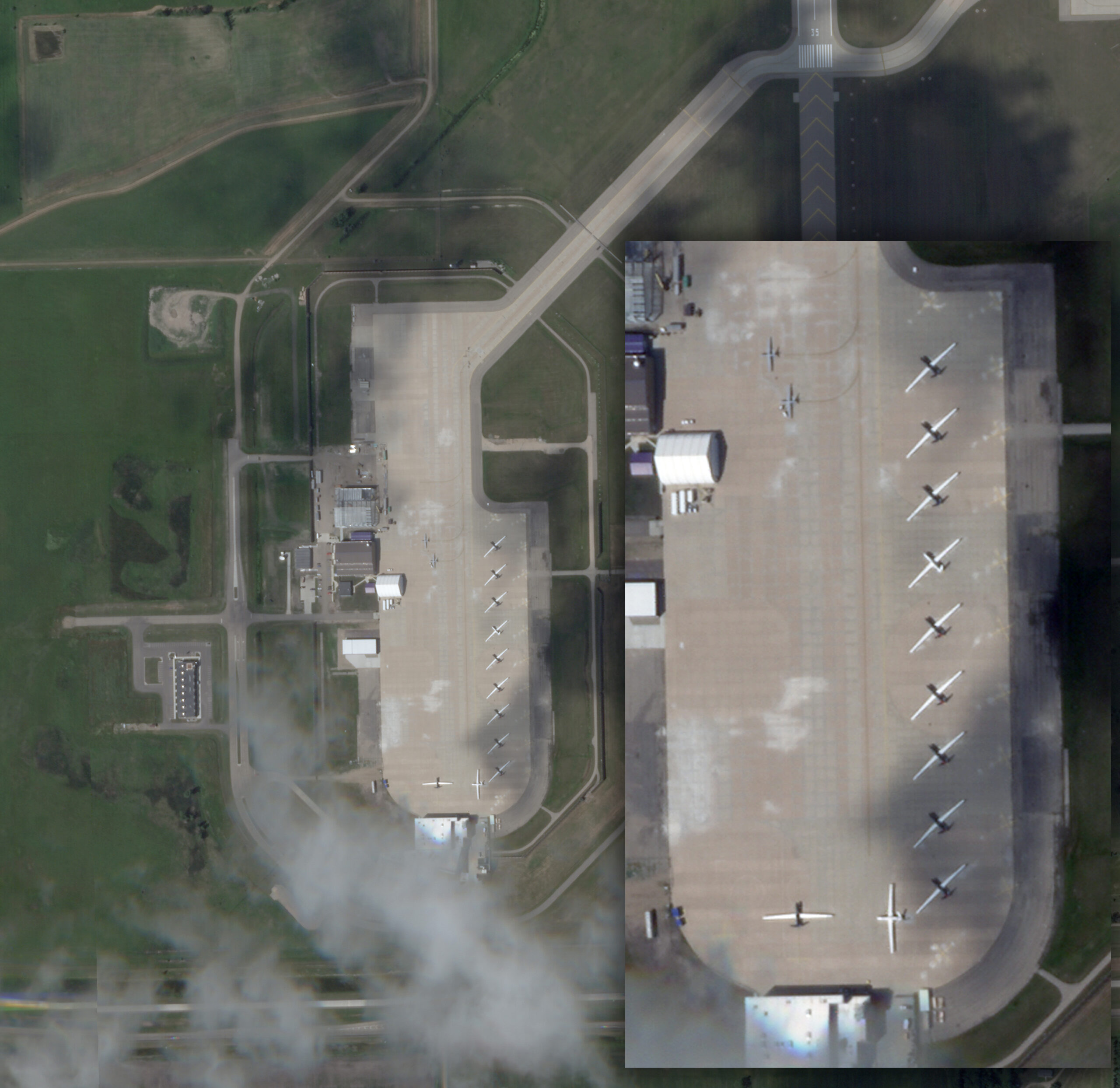

“[The Block 30 RQ-4] was divested from the U.S. Air Force as part of a plan to restructure intelligence, surveillance, and reconnaissance to meet national defense priorities and support joint all-domain command and control capabilities,” read the Air Force announcement written by Staff Sgt. Ramon A. Adelan. “The divestment also assists in funding modernization and increases capability to counter threats posed by near-peer competitors like China and Russia.”
The War Zone initially reached out to Grand Forks Air Force Base when we first came across the Planet Labs imagery revealing a line of Global Hawks perched on the Grand Sky contractor ramp on the eastern side of the airbase. The 319th Reconnaissance Wing confirmed the relocation. They also added that the aircraft seen in the aerial satellite view will eventually be headed to the Sky Range program, which lined up with our previous October 2021 coverage of the program that cited a statement made by North Dakota’s Sen. John Hoeven elucidating that Block 30 RQ-4s would later join the Block 20 aircraft that are currently part of Sky Range.
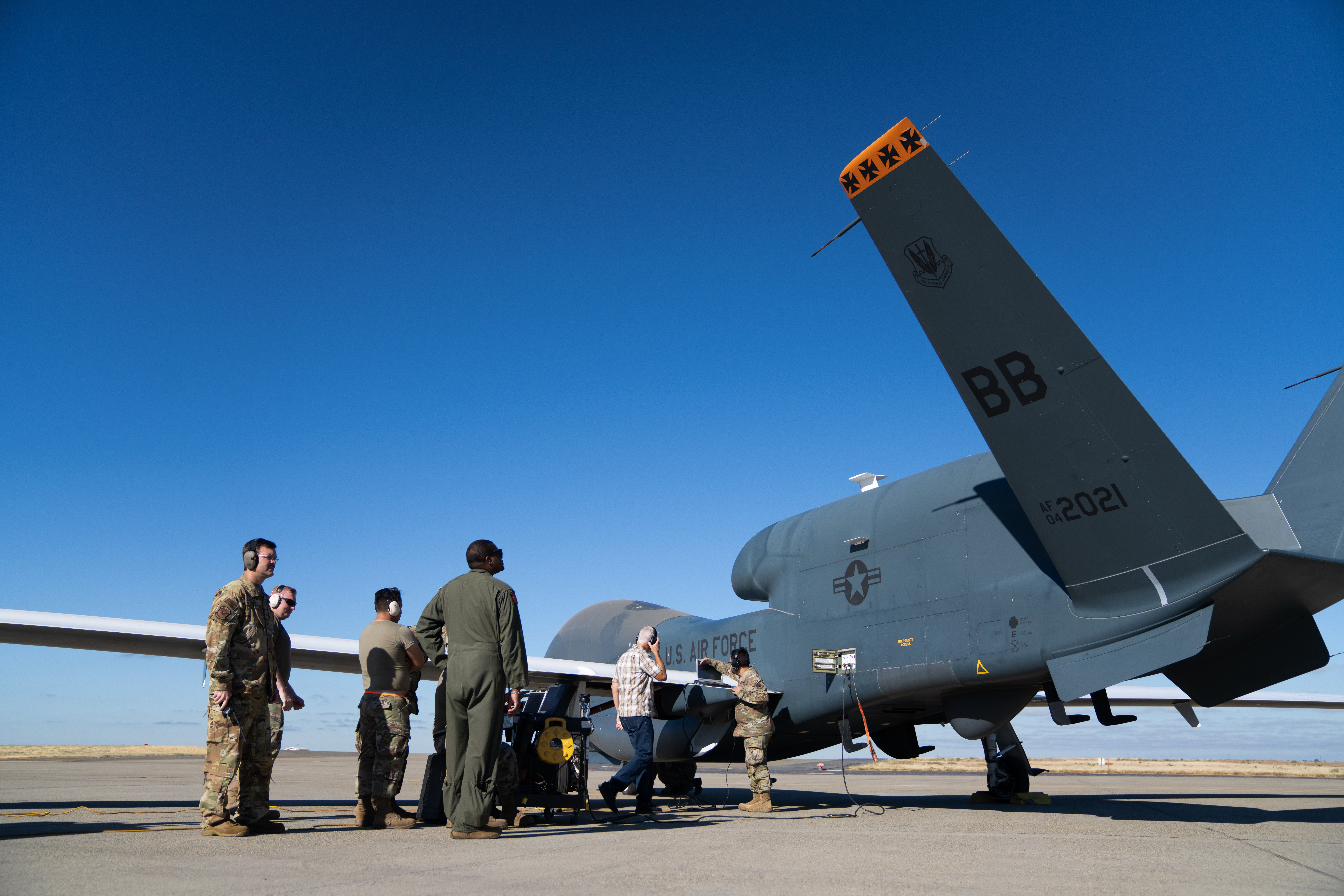
The addition of the Block 30 RQ-4s to the program was then officially confirmed in June 2022 when both Grand Forks and Sen. Hoeven released statements saying that the Block 30 fleet would be completely transferred over to Grand Sky by the end of July 2022 and — at least some — would become ‘Range Hawks,’ the official name for the aircraft that are reconfigured under the program.
“The transfer of the Global Hawk Block 30 fleet to Grand Sky is a win for both Grand Forks and our entire nation,” said Hoeven in the June announcement. “Our state will have more aircraft than before due to the entire Block 20 and Block 30 fleets being at Grand Sky, while at the same time, we will have a stronger national defense as the Sky Range program will significantly enhance our ability to test and develop hypersonic missiles.”
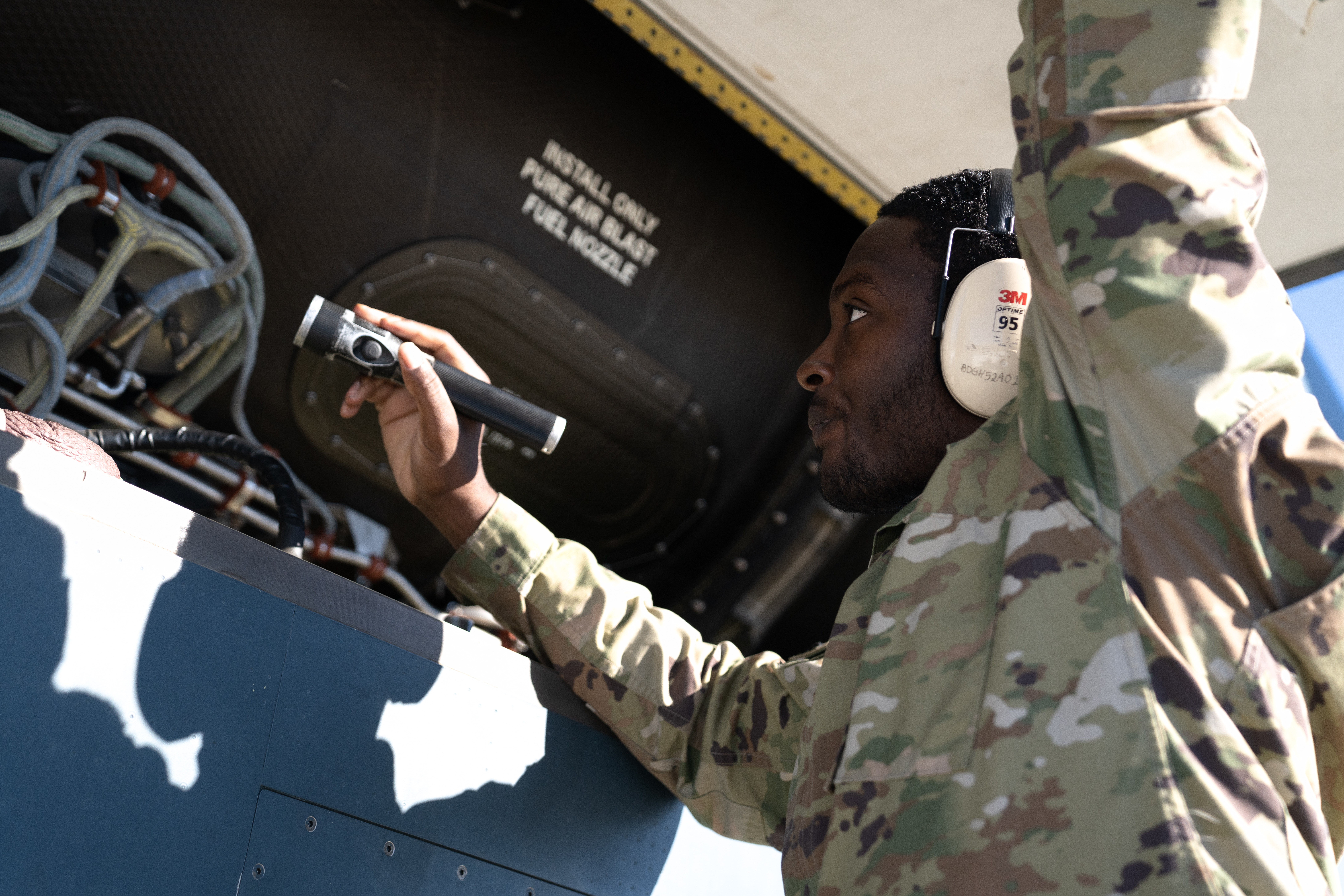
According to Gen. C.Q. Brown, Jr., Air Force Chief of Staff who was quoted in the recent Air Force release, the Global Hawk divestment will free up a budget savings of over $2 billion. Where exactly this money could go as it pertains to the Global Hawk and any dedicated intelligence, surveillance, and reconnaissance (ISR) platforms that may come after it, is still largely undisclosed.
In the mid-2010s, the service initially thought that its waning desire to keep the Block 30 Global Hawk flying could be revitalized by upgrading its sensor suite to be on par with the U-2 Dragon Lady spy plane. Once that ambition was deemed too expensive, they tried to flip the script and attempted to retire the storied U-2 fleet in hopes of handing its mission over to the Global Hawk. After significant pushback from Congress in that regard, it seemed that the Global Hawk had narrowly avoided the chopping block until Washington finally allowed the Air Force to begin divesting the Block 20 and Block 30 fleets in 2021.
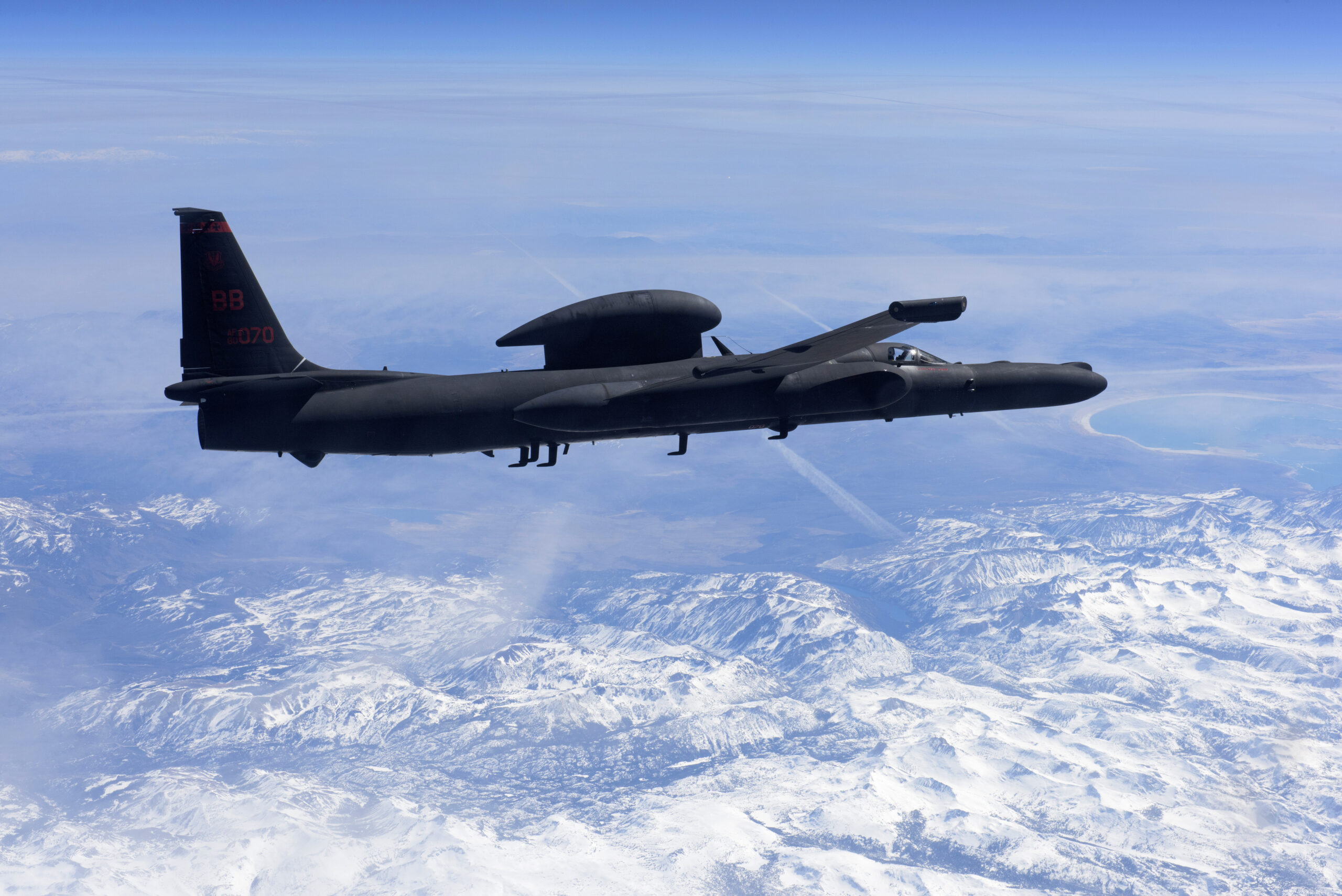
As noted earlier, the Air Force plans to retain the Block 40 Global Hawks through 2026, while the service phases out its E-8C Joint Surveillance Target Attack Radar System (JSTARS) planes. Eight of the 12 JSTARS aircraft are set to retire in fiscal year 2023, which would largely leave the strategic synthetic aperture radar and ground-moving target indicator work to the Block 40 RQ-4s.
Because of the RQ-4’s susceptibility to being detected and engaged by air defense systems over increasingly long distances, the Air Force is hoping to replace it with a more survivable platform that would be fully operational by the time the Global Hawks end their frontline mission for good. In a recent article, which you can read here, The War Zone discussed how the top-secret spy drone, commonly referred to as the RQ-180, could be a game changer and a major upgrade over the remaining Block 40 Global Hawks.
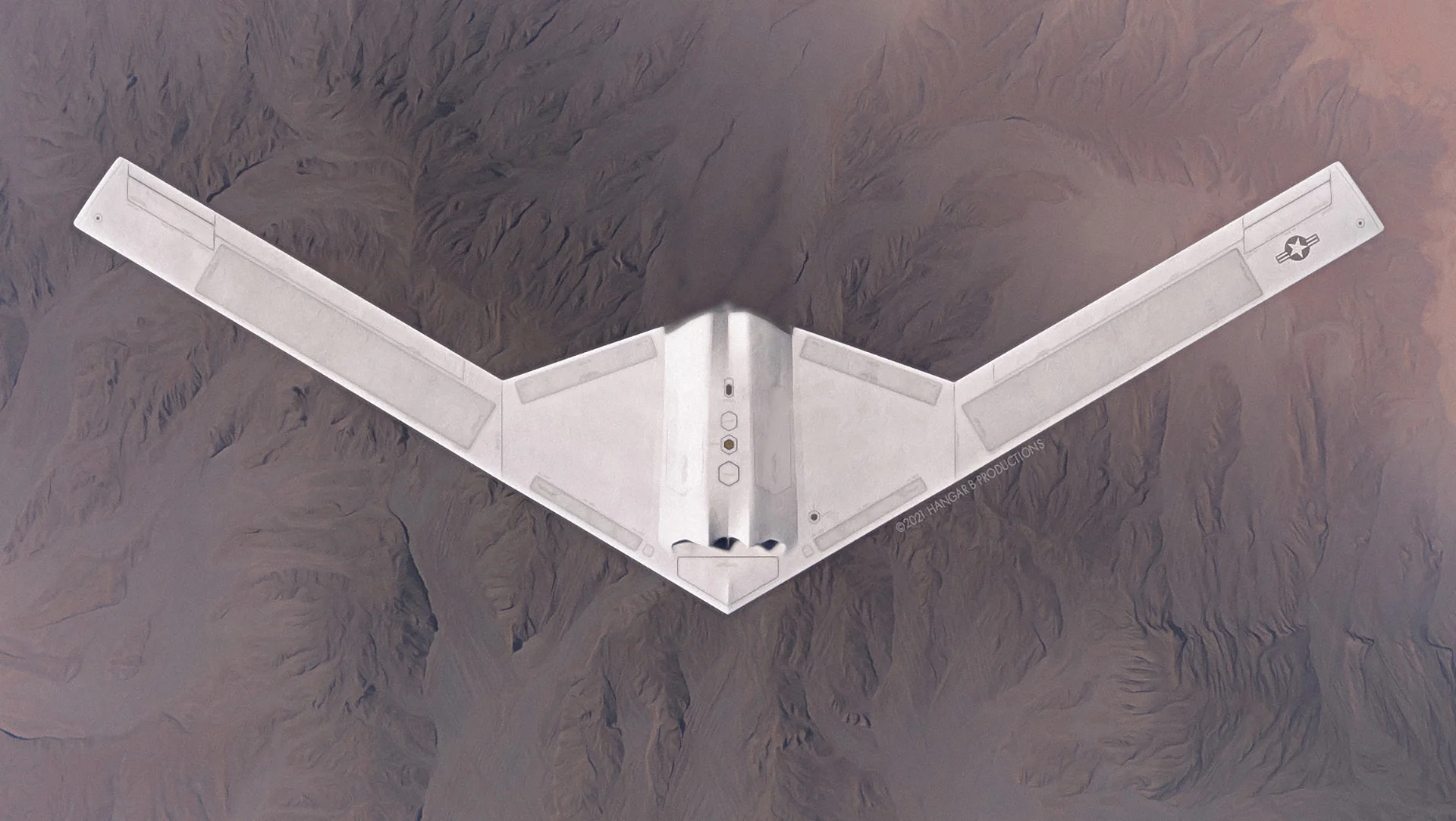
Recent developments have suggested that the RQ-180 is nearing its service debut and will be at full force once the Block 40 fleet officially retires in 2027. However, the Air Force has not yet released an official statement on the matter.
Either way, it’s clear that the service is ready to rid itself of the Global Hawk and transition to a more survivable, penetrating, high-altitude, long-endurance, unmanned ISR capability. Some of what is lost by the E-8 and eventually the Global Hawk will also be replaced by space-based systems and a distributed architecture of manned and unmanned tactical aircraft that can share their sensor information across vast and resilient networks.
That being said, the U-2 Dragon Lady soldiers on, which is a remarkable thing considering it survived the program that had fully intended to replace it, even after over 60 years of service. With just the U-2 left at Beale (in terms of high-flying surveillance aircraft) and the eventual Block 40 Global Hawk retirement from Grand Forks Air Force, both locations seem ripe to accept what comes next, which is likely the shadowy RQ-180.
Contact the author: Emma@thewarzone.com
